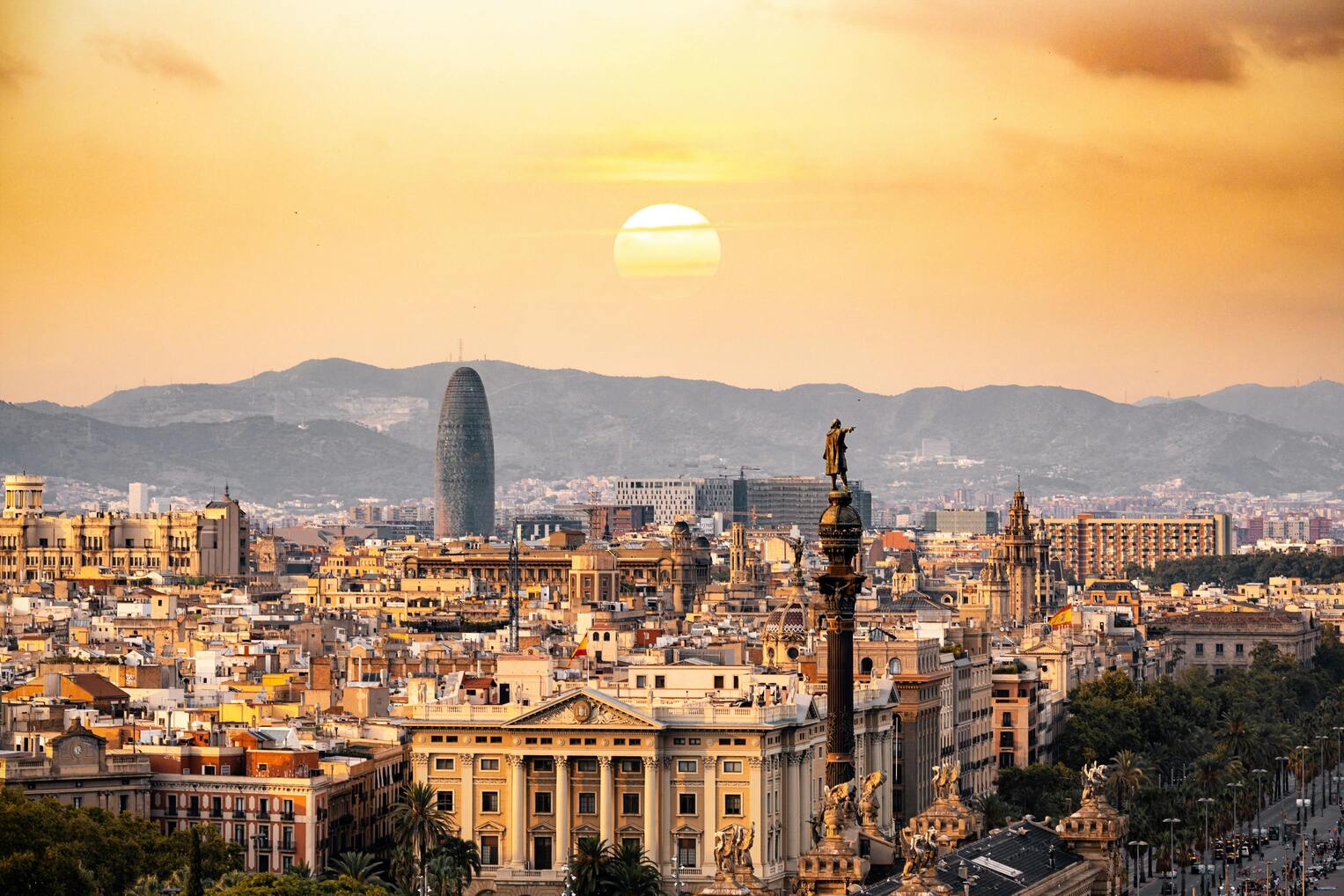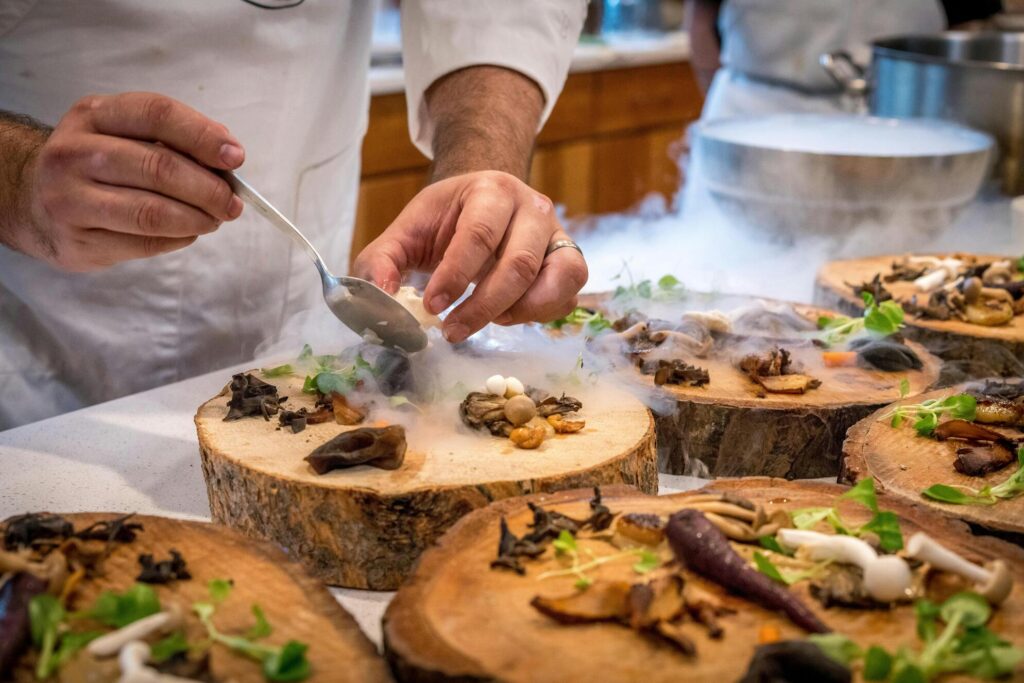Discover 10 hidden corners and fascinating curiosities of Barcelona that even locals walk past unknowingly. From war bunkers to secret alleys, explore the city’s hidden side.
Barcelona is a city full of surprises. Beyond Gaudí and the Gothic Quarter, there are places and stories that even many locals have never heard of. For curious travelers, history lovers, or anyone looking for a different kind of adventure, this list uncovers a secret side of the city that most tourists miss entirely.
1. The Kiss Bridge in the Gothic Quarter
Hidden between two medieval buildings near Carrer del Bisbe is a narrow bridge often called the «Kiss Bridge.» According to legend, couples who kissed beneath it at midnight would stay together forever. It’s also said to have been a secret meeting spot during times of political unrest in the city. Today, it’s a romantic and mysterious corner that’s perfect for a photo — if you can find it.
2. A Modernist Cemetery in Poblenou
Poblenou Cemetery is not your typical graveyard. It’s an open-air gallery of art nouveau tombs, sculpted angels, and crumbling mausoleums. The most famous sculpture here is «El Petó de la Mort» (The Kiss of Death), a hauntingly beautiful statue depicting a skeleton giving a kiss to a young man. The cemetery tells stories of old Barcelona families, forgotten artists, and curious symbols that hint at a more esoteric past.
3. The Ghost Station of Correos
Beneath Via Laietana lies a metro station that was closed decades ago: Estació Correus. It once served the city’s central post office but was shut down in the 1960s. Some Barcelona residents claim to have seen flickering lights and heard the distant echo of trains in the now-abandoned tunnels. It’s one of many «phantom stations» around the world, but few have as much myth attached.
4. Horta’s Labyrinth Park
Located in the Horta-Guinardó district, this is the oldest conserved garden in the city. Built in the 18th century, it features a romantic neoclassical labyrinth that invites visitors to lose themselves — both physically and mentally. Statues of Greek gods line the paths, and at the heart of the maze lies a statue of Eros, the god of love. This spot is a favorite for quiet reflection, dates, and photography.5. The Civil War Bunker on Turó de la Rovira
Often referred to simply as «The Bunkers,» this site atop Turó de la Rovira offers one of the best panoramic views of Barcelona. But few realize the historical weight of the site. During the Spanish Civil War, it housed anti-aircraft batteries to protect the city from bombing raids. You can still see the concrete platforms and makeshift shelters. Now it’s a popular picnic and sunset spot that blends beauty with memory.
6. The Hidden Dragon of El Born
While walking along Carrer Montcada, look up. On the corner of a building near the Museu Picasso, you might spot a wrought-iron dragon holding a lantern in its mouth. Dragons are symbols of power and protection in Catalan folklore. This one, partially obscured by shadows, feels like it came straight from a fantasy novel — and most people pass right under it without noticing.
7. The Stairs That Inspired Gaudí
In a small square near Parc de la Ciutadella are a series of spiral stone steps that many say were part of the inspiration for Antoni Gaudí’s love of organic forms. Gaudí lived nearby in his youth, and it’s believed he would often sketch the geometry of these stairs. Whether the rumor is true or not, standing on them gives a tangible connection to the young genius in formation.
8. A Medieval Sundial in El Raval
Hidden on a side street in El Raval is a hand-painted sundial that dates back to the 18th century. The Latin inscription reads «Vulnerant omnes, ultima necat» — «All hours wound, the last one kills.» It’s a reminder of mortality in a neighborhood known for its energy and life. The sundial still works, casting its shadow with the sun, marking time in a city always on the move.
9. The Narrowest Street in Barcelona
Carrer dels Petons («Street of Kisses») is rumored to be the narrowest street in Barcelona. The name itself has multiple stories behind it. Some say it was named because the alley was so tight that lovers could kiss from window to window.
Others say it was the site of public executions, where the condemned were allowed one final kiss. Today, it’s an eerie but fascinating walk.
10. Picasso and the Secret of Hotel Colón
A little-known tale tells that a young Pablo Picasso used to sit atop the now- demolished Hotel Colón, sketching the façade of the Barcelona Cathedral. His father reportedly gave drawing lessons nearby. Though the hotel is gone, the storylives on and adds yet another layer to the city’s connection with one of the 20th century’s greatest artists.
Barcelona is full of these whispers from the past. The next time you stroll through its streets, look closer — you might just discover a story hidden in plain sight.
Want more local secrets? Follow HiBCN for deeper insights into the Barcelona you won’t find in guidebooks.




